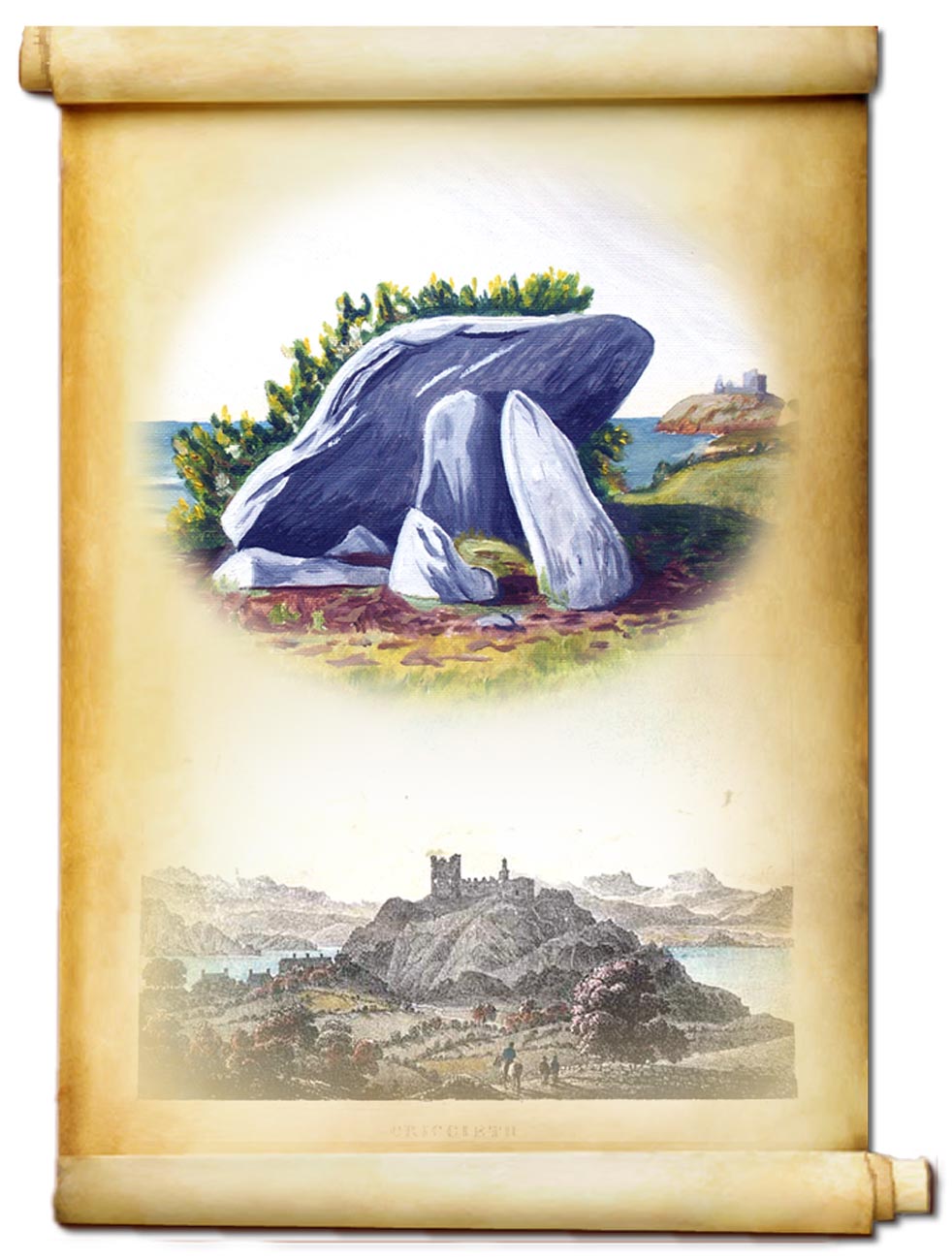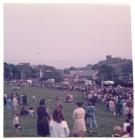Content can be downloaded for non-commercial purposes, such as for personal use or in educational resources.
For commercial purposes please contact the copyright holder directly.
Read more about the The Creative Archive Licence.
Description
CRICCIETH - THE BEGINNING There were always folk in the corner of the bay why not? The rugged mountains mellow to foothills and valleys then level off to a gentle coastal plain; perfect for habitation. The Neolithic people R.obert D.Cadwalader Robert D.Cadwalader © Robert D.Cadwalader Creative Archive License for Education Purposes
and the Celts were here - the Ordovices; Irish men, the Gangani and adventurers from Leinster. Perhaps thats where the name Ll?n or Lleyn derives. Remains of their dwellings, cromlechs, fish traps and other archaeological features are reminders of their presence. Over a period, in the mists time, they became the Cymry which in the old language means the folk. Later Saxon invaders called them the Welsh. A system of order and administration developed and the corner became known as Dunoding with two hundreds, Ardudwy and Eifionydd, part of the kingdom of Gwynedd. The inhabitants lived in family units on land called gwelyau which means bed as in the bed of a valley. The gwely would be named after the head of the family. The descendants of two families dominated the area; those of Owain Gwynedd who held the high valleys and the kin of Collwyn ap Tagno who held sway along the coastal plain. The direct descendants became the Pobl Mawr the gentry who owned the land. The remainder led a subsistence life living in cottages, smallholdings and hovels. Small communities developed, near rivers, fords, estuaries and sheltered coves. Where Criccieth now stands a stream runs down to the sea in the lee of a rocky promontory providing drinking water and a sheltered landing place for fishing boats. Here, our small town began.






Do you have information to add to this item? Please leave a comment
Comments (0)
You must be logged in to leave a comment